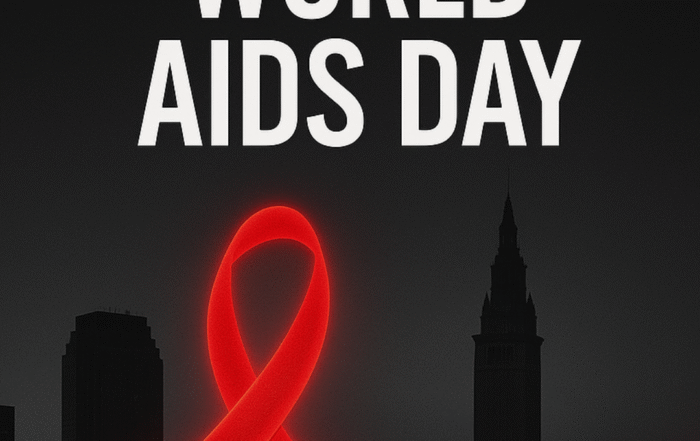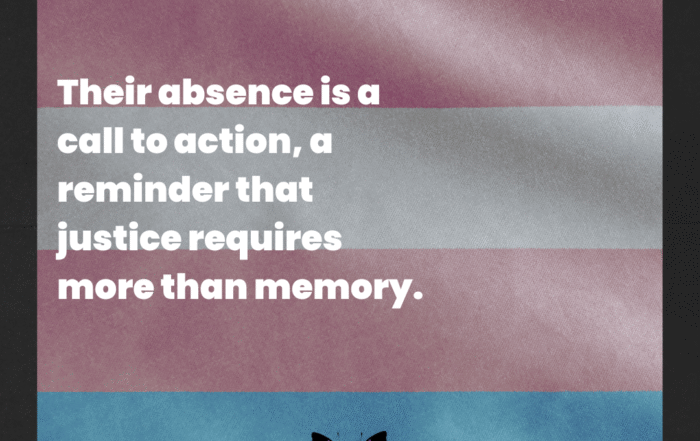Autism Acceptance Month: Understanding the Link Between Autism and Substance Use
April is Autism Acceptance Month—a time to celebrate neurodiversity, uplift autistic individuals, and advocate for greater inclusion, understanding, and support. This month, we are taking an important step in raising awareness about an emerging and often overlooked issue: the connection between Autism Spectrum Disorder (ASD) and Substance Use Disorders (SUDs).
While autism is commonly associated with social, communication, and sensory challenges, growing research shows a complex relationship between autism and substance use. Understanding this connection is essential to supporting families and reducing harm within our communities.
The Overlooked Connection: Autism & Substance Use
Recent studies reveal that autistic individuals face a higher risk of developing substance use disorders compared to their non-autistic peers. The reasons behind this are complex and rooted in overlapping social, emotional, and environmental factors:
-
A study from Massachusetts General Hospital found that 1 in 5 adolescents receiving treatment for substance use had undiagnosed autistic traits. Those individuals were eight times more likely to develop stimulant-use disorders and five times more likely to misuse opioids compared to their non-autistic peers.
-
A large-scale mixed-methods study titled “Understanding the Substance Use of Autistic Adolescents and Adults“ offered further insight into how and why autistic people engage with substances:
-
Autistic participants were less likely than non-autistic participants to report consuming alcohol regularly or engaging in binge drinking.
-
Autistic males were less likely than non-autistic males to report ever smoking or using drugs.
-
However, when autistic individuals reported substance use, they were nearly nine times more likely to use substances to manage behavior and over three times more likely to use substances to cope with mental health symptoms such as anxiety, sensory overload, or emotional distress.
-
Autistic participants were also more likely to report vulnerabilities related to substance use, including childhood drug use, coercion, or manipulation into substance use.
-
These findings highlight a critical issue: While overall rates of substance misuse may be lower among autistic individuals, the reasons behind substance use—and the risks they face—are deeply rooted in unique stressors and vulnerabilities. Autistic individuals may turn to substances as a way to cope with sensory sensitivities, social isolation, anxiety, or mental health challenges. For many, substances become a tool to manage overwhelming environments or emotional distress—making early awareness and harm reduction strategies all the more critical.
Why Traditional Treatment May Not Be Enough
Standard substance use treatment models are often not designed with neurodivergent individuals in mind. Approaches such as group therapy, 12-step programs, or behavioral interventions may fail to address the specific needs and lived experiences of autistic people.
Adapted treatment strategies that have shown promise include:
-
Cognitive Behavioral Therapy (CBT) is tailored for autistic individuals, with added focus on autism-related stress, sensory triggers, and emotional regulation.
-
Peer support groups that foster safe, inclusive spaces for autistic individuals navigating substance use.
-
Psychoeducation helps autistic individuals and their families understand the connection between sensory stress, mental health, and substance use.
However, access to these specialized services remains limited, which is why harm reduction tools are essential in the meantime.
Harm Reduction Strategies for Families
At Save Our Families, we advocate for meeting people where they are. We believe that reducing harm and keeping individuals safe is the first and most important step toward long-term healing. For families supporting an autistic loved one facing substance use challenges, harm reduction strategies include:
- Naloxone Distribution: Having naloxone (Narcan) on hand can prevent overdose deaths and provide an opportunity to connect individuals to further support.
- Safer Use Education: Providing non-judgmental, factual information about safer substance use practices helps build trust and minimize immediate risk.
- Specialized Treatment Access: When possible, seek out treatment programs that offer autism-informed care, including individualized therapy and trauma-informed approaches.
- Open, Ongoing Communication: Encourage honest conversations about substance use without fear of punishment or shame. Creating safe spaces for dialogue can make it easier for individuals to seek help when they are ready.
Building Awareness & Breaking Stigma
As we honor Autism Acceptance Month, it is vital to address the stigma that exists around both autism and addiction. Families navigating these challenges often face misunderstanding and judgment from the outside world. But through education, compassion, and community-driven harm reduction efforts, we can shift the narrative.
At Save Our Families, we believe every individual deserves to be seen, supported, and valued—without barriers, shame, or stigma. This month, and every month, we are committed to providing families with the tools, knowledge, and resources they need to thrive.
Together, we can reduce harm, support neurodivergent individuals, and create safer, healthier communities.
about author
Created by the team at Save Our Families.
subscribe to our newsletter
Join the Save Our Families newsletter for updates on community care, mental health tools, healing stories, and events you won’t want to miss.
Note: We promise not to flood your inbox—just healing vibes, resources, and real talk.
Recent Posts
Save Our Families Invites Cleveland Residents to a Crochet Workshop
CLEVELAND, OHIO — December 8, 2025 —Save Our Families, in partnership with A2:21:4C, is proud to announce a free community-centered crochet workshop taking place on Wednesday, January 14, 2026, from 6 to 8 PM. The
World Aids Day: A Personal Reflection from the President of Save Our Families
Growing up in Cleveland in the early 1990's, I watched my mother, Nita S. Steele, move through the AIDS epidemic with a kind of courage and tenderness that still shapes me today. I was young
Trans Day of Remembrance: Their absence is a call to action
At Save Our Families, we focus on centering the voices of those with lived experience, so today we will do that in honor of our trans brothers and sisters. In 2023, I met Lysithea, pre-transition,




